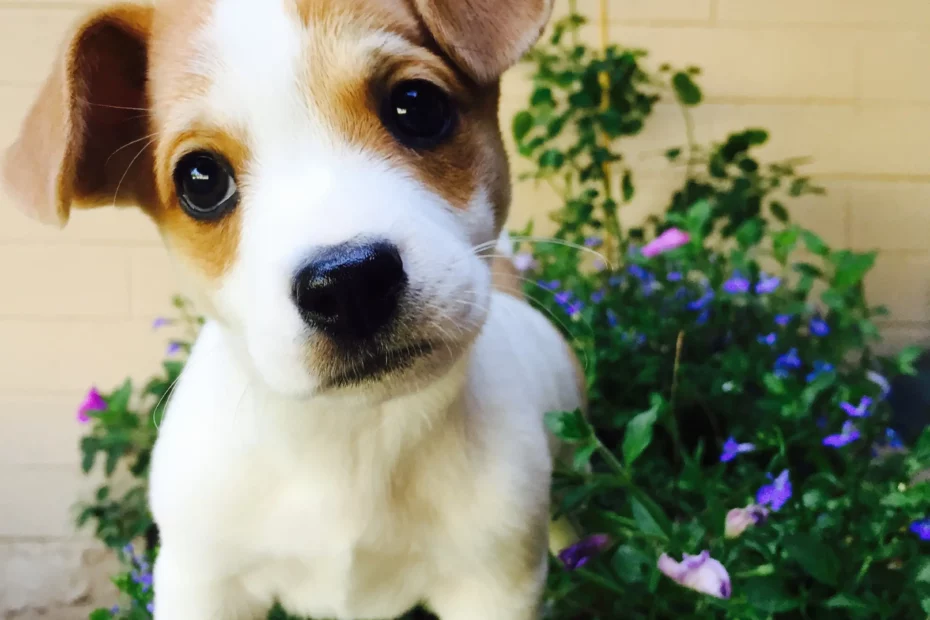If your puppy is not behaving the way you want, you may need to disciplined them. There are a few different ways to do this, but the most common is to use positive reinforcement. This means rewarding your puppy when they behave in the way you want, and ignoring them or giving them a negative consequence when they don’t. For example, if you want your puppy to sit, you would give them a treat when they do, and if they don’t, you would simply ignore them or turn your back on them.
Guide to follow: on how to discipline a puppy
Evaluate the puppy’s behavior to determine the specific behavior you need to address.
Some common puppy behaviors that need to be disciplined include biting, chewing, barking, digging, and jumping. If you are unsure of what behavior you need to address, consult with a professional trainer or behaviorist.
Determine what punishment will be most effective for the specific behavior you are addressing.
Be consistent with your commands and your punishments so that the puppy learns what is expected of him.
Dogs learn best through repetition and positive reinforcement. So it is important to be consistent with your discipline in order for the puppy to learn what is expected of him.
Establish clear expectations for the puppy’s behavior
Be sure to set clear expectations for the puppy’s behavior from the start.
This will make it easier for him to learn what is expected of him. And will make your job of disciplining him much easier.
Some clear expectations for puppy behavior include no biting, no chewing on furniture, no jumping on people, and no barking excessively.
Be patient with the puppy as he learns the expectations for his behavior.
How to punish a puppy? when it does not adhere to the expectations
When the puppy does not adhere to the expectations you have set for him, be sure to punish him consistently. This will help him learn that he is not allowed to do the behavior and will eventually help him stop the behavior altogether.
Some common punishments for puppies include time-outs, verbal scolding, and physical punishment. It is important to note that physical punishment should only be used as a last resort, as it can make the problem behavior worse.
Positively reinforce the puppy when it does adhere to the expectations. This is part of the application of balanced dog training.
In addition to punishing the puppy when he does not adhere to the expectations, be sure to positively reinforce him when he does. This will help him learn that he is being good when he follows the expectations and will encourage him to continue doing so.
Some common ways to positively reinforce puppy behavior include verbal praise, petting, and treats.
Finally, repeat the process as needed.
The process of disciplining a puppy will need to be repeated as needed in order to be effective. It is important to note that it will take time for the puppy to learn the expectations for his behavior. Be patient with him and keep up with your consistent commands and punishments.

Steps to discipline a puppy
- Explain to your puppy that you will be disciplining him and what the punishment will be. It is important to be calm but firm when disciplining your puppy. Explain to him what he did wrong and what the punishment will be in a clear voice. Puppies are not likely to understand everything you say, but being consistent with your commands and punishments will help him learn what is expected of him. For example, “No biting. If you bite, you will be put in your crate.”
- Take your puppy outside and line up a small area, such as a patch of grass, in front of him. Put him in a sitting position and tell him to stay. Then, take a few steps away from him, turn around, and come back. If he stays in the sitting position, give him a treat. If he gets up and follows you, put him back in the sitting position and start again. Repeat this until he stays in the sitting position even when you walk away from him. To discipline your puppy, you need to be consistent with your commands and your punishments. Dogs learn best through repetition and positive reinforcement, so if you are consistent with your discipline, your puppy will eventually learn what is expected of him.
- If your puppy does not obey your verbal commands, disciplinary actions will need to be taken, such as putting him in a crate or tossing a toy. I have a puppy and I find that the best way to discipline him is to be consistent with my commands and my punishments. For example, if he bites me, I immediately put him in his crate for a short time-out. He has learned that biting is not allowed and that he will be punished if he does it.
Conclusion
The process of disciplining a puppy will need to be repeated as needed in order to be effective. This means that you will need to be consistent with your commands and punishments in order for the puppy to learn what is expected of him. It is important to note that it will take time for the puppy to learn the expectations for his behavior. Be patient with him and keep up with your consistent commands and punishments. eventually, he will learn what is expected of him.
